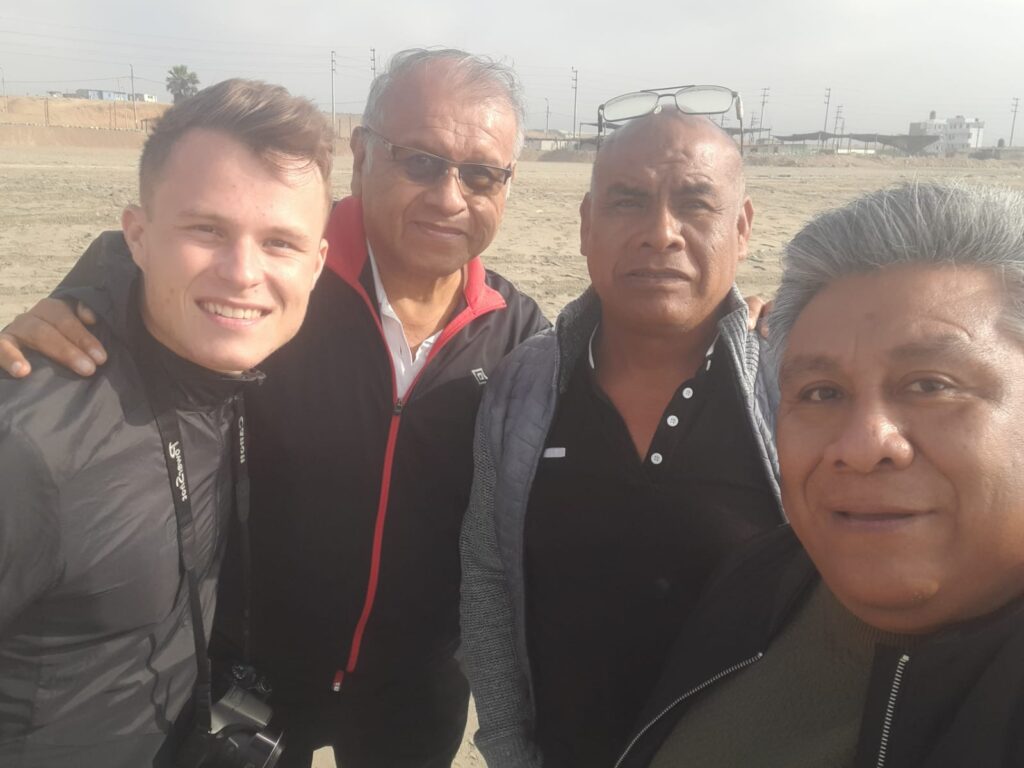Peru – a country of contrasts
Abundant water in the Andes, threatening water shortage at the Pacific Coast
Peru is home to 70 percent of the world’s tropical glaciers and more than five percent of the world’s surface water resources. At first glance, this sounds like very good conditions for the country and its people. But water is distributed very unevenly in South America’s third largest country. While 97.3 percent of the country’s freshwater is found on the eastern side of the Andes – the catchment area of the Atlantic Ocean – the share of freshwater resources in the catchment area of the Pacific Ocean on the western side of the Andes is only 2.2 percent. However, it is precisely where the country’s freshwater resources are particularly scarce that about 66% of the population lives, especially in the capital city of Lima. About 20% of Lima’s people are acutely affected by water shortages. Poorer sections of the population are the ones who suffer. The advancing climate change and the El Niño effect, which occurs at increasingly irregular intervals, further aggravate the situation.
According to Article 40 of the Peruvian Water Act, the Peruvian state guarantees all persons, access to a supply of drinking water in sufficient quantity and quality to satisfy all personal and domestic needs. However, there is a wide gap between entitlement and reality.

Our location in Rosario de Asia
The city of Rosario de Asia, located about two hours south of Lima by car, could have paradisiacal potential: an antipole to the hectic metropolis of Lima, dreamlike, wild Pacific beaches as well as beautiful sunsets over the sea.
But months of no rainfall and merciless heat waves turn the landscape into dusty, parched stretches of land. In a nutshell, the problem is water scarcity.
The population in the region is suffering from this massive water shortage. Their only way to get water is to buy it from trucks that come by two or three times a week to fill the tanks located on the roofs of houses. However, this so-called “truck water” is often of inferior quality. It contains pollutants as well as pathogenic bacteria and viruses. In short, it is unacceptable for human consumption. For lack of alternatives, some residents accept this health-threatening condition. Others at least boil the water before consumption, and still, others use flavoring powders to make it halfway edible.
With our company, we would like to take up the fight against the water shortage. The goal is to provide the local population with high-quality and healthy drinking water. Using established solar-powered reverse osmosis technology, we can convert up to 11,000 liters of seawater per day into clean drinking water. We then want to offer it to the local population at fair prices – far below market price. The sale and distribution of the water are to be taken over by locals, creating secure jobs with above-average pay. The revenues generated will primarily be used to refinance the plant and expand the company.

